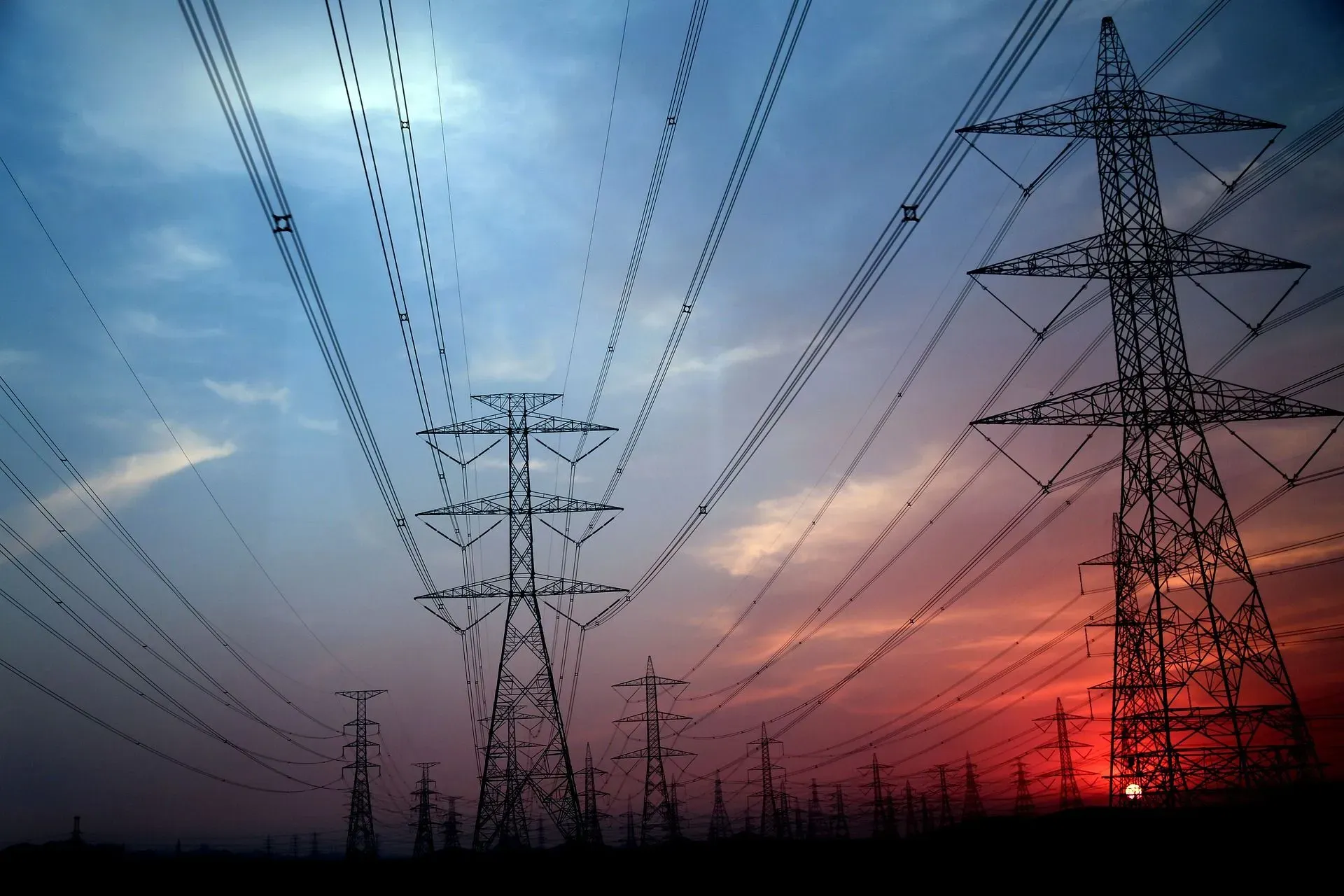The Irish electricity sector has undergone significant change in recent years. The Integrated Single Electricity Market (I-SEM) arrangements introduced in 2018 fundamentally transformed the market framework to maximise competition, facilitate electricity wholesale trading, and incentivise the development of low-carbon generation sources.
In parallel the physical system continues to evolve rapidly. Although gas fired generation currently remains the largest source of electricity generation, renewable electricity accounted for over 40% of generation in 2022, with wind power being the largest contributor by far.
To meet climate emissions targets, the expectation is that by 2030 renewable electricity should account for 80% of all electricity generated, with 9GW of onshore wind, at least 5GW of offshore wind and 8GW of solar capacity installed by that date. Renewable generation capacity presently stands at around 5GW in total.
The build out of new renewables is also set against the need to ensure security of supply as dispatchable plant, to maintain supply and demand as a higher proportion of generation comes from intermittent sources, across the island comes to the end of its operational life. Over 30% of fossil fuel generation is over 30 years of age, with just 0.5GW under 10 years old.
Another key element of the I-SEM system is interconnection with neighbouring markets, to allow excess generation to be exported and for power to be imported when needed. At present the I-SEM is only physically linked via two interconnectors to the GB electricity system, although the new Celtic Interconnector will connect to France and mean that the Irish market will be physically linked to the EU market in 2026. A third interconnector to GB, between County Wexford and Pembrokeshire in Wales is also under construction and should be completed in 2024.
Over the remainder of this decade, and beyond, the demand for electricity is expected to rise as more of the economy is electrified (e.g., transport and some heating) and large energy users, including data centres, grow.
To help explain how the Irish SEM electricity markets operate Cornwall Insight Ireland is offering its new Introduction to Irish Electricity Markets online training course on 10 and 11 May. The sessions, each two hours in length beginning at 10am, is designed for anyone starting their career in the Irish energy markets, those supporting and advising the market, or needing a refresher.
Our experts will explain the structure, key players and authorities in the I-SEM and how the retail and wholesale markets operate, and key policy programmes aimed at decarbonising the sector. We also delve into the I-SEM competitive trading arrangements and role of System Operation to ensure supply and demand is balanced.
The online session delivers a mix of lecture-style learning, case studies and worked examples to reinforce learning. Delegates will receive soft copies of the materials presented by our market experts.
More information, including booking a place for €400 and downloading an agenda, can be found on our website.
Learning and development objectives
- How the electricity markets are structured and the role of key market authorities
- How competitive electricity markets are designed to deliver good consumer outcomes
- How energy policy programmes are designed to decarbonise the sector and how costs are recovered from customers
- Who the key players in the retail and wholesale markets are
- Where we get our gas and electricity from and implications for market prices
- The principles for regulating energy networks and how these flow through to charges for users































